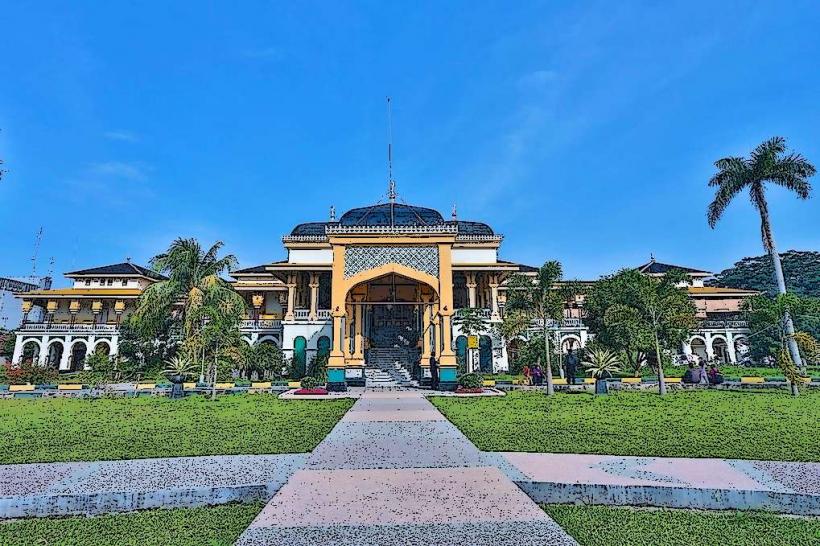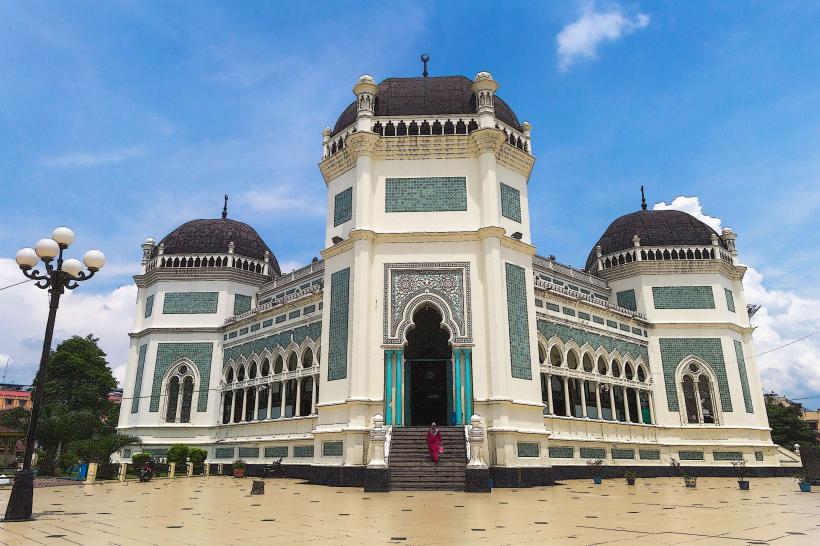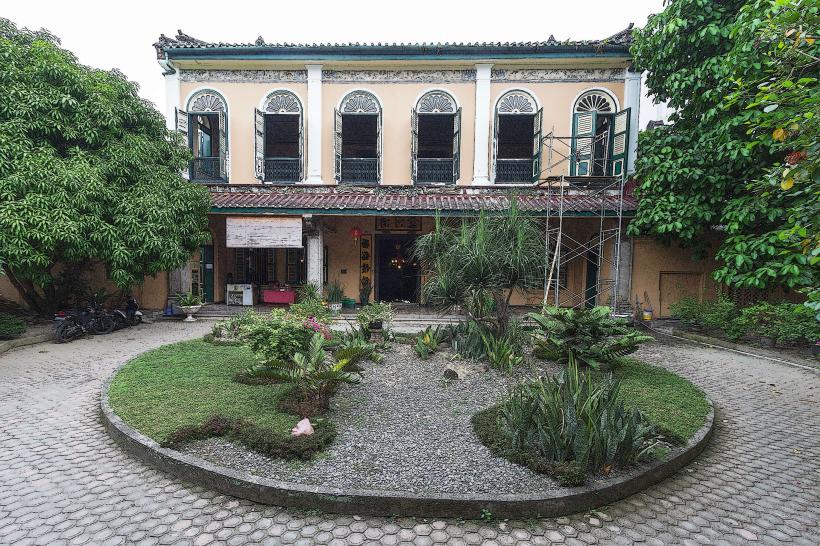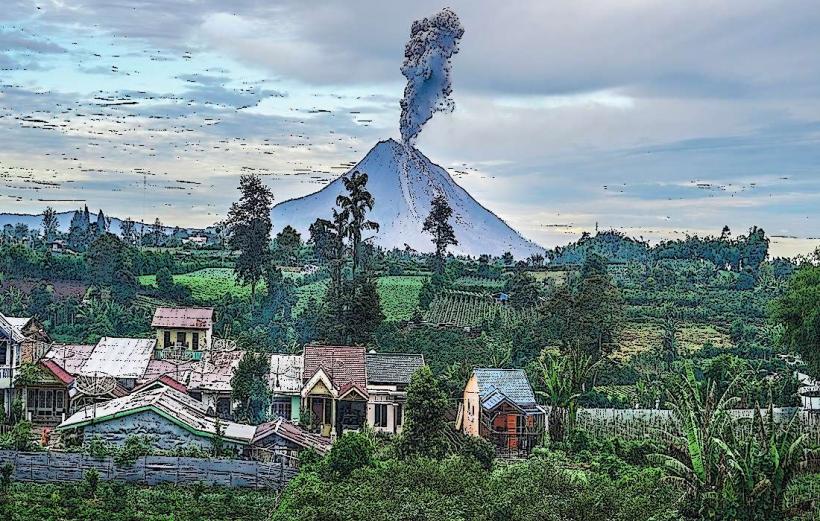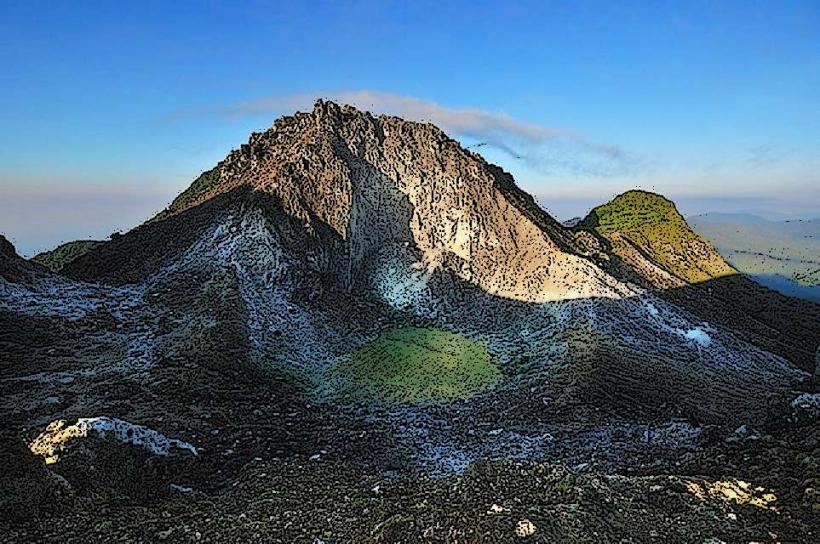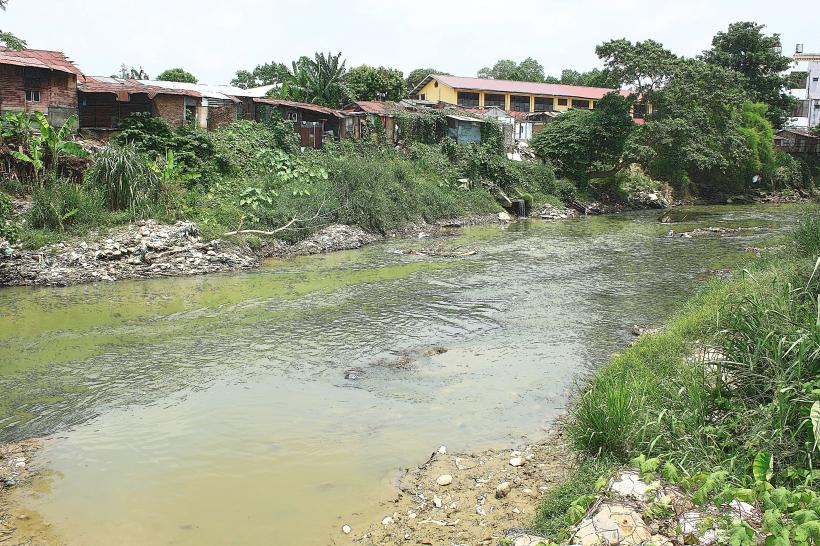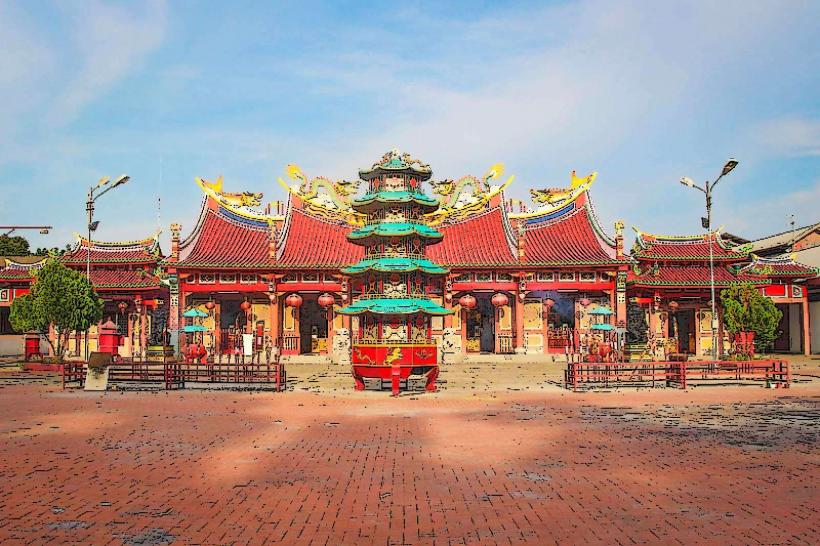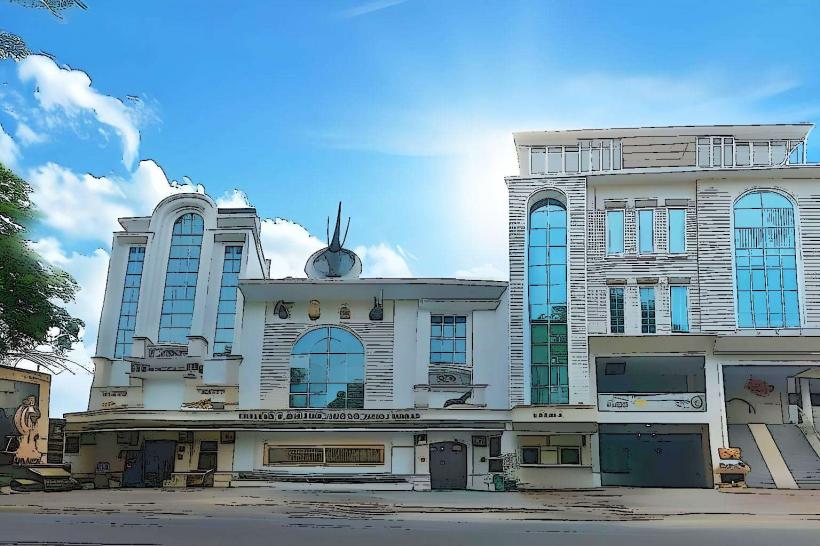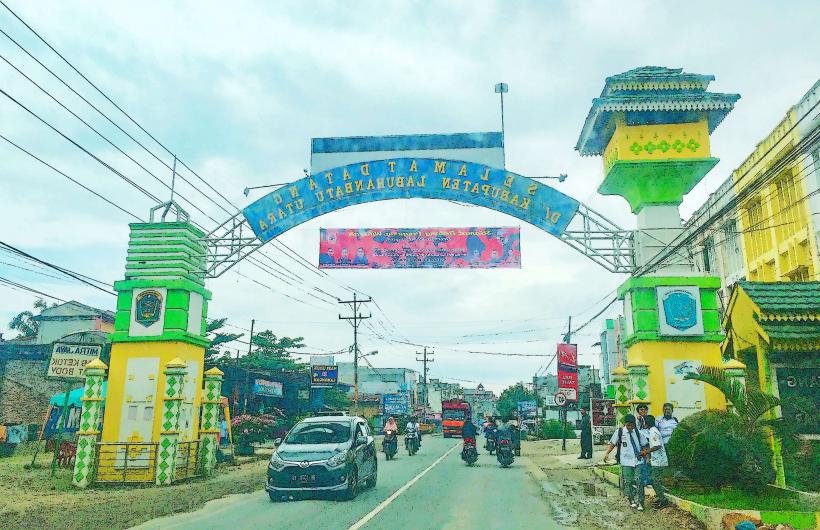Information
Landmark: Lake TobaCity: Medan
Country: Indonesia
Continent: Asia
Lake Toba is one of the most iconic natural landmarks in Indonesia, located in North Sumatra. It is a massive volcanic crater lake and is renowned for its breathtaking scenery, rich cultural history, and geological significance. Here’s a detailed look at Lake Toba:
Overview of Lake Toba
- Name: Lake Toba (Danau Toba)
- Location: North Sumatra, Indonesia
- Size:
- Length: 100 kilometers (62 miles)
- Width: 30 kilometers (19 miles)
- Depth: Approx. 505 meters (1,657 feet), making it the largest lake in Southeast Asia and one of the deepest lakes in the world.
- Type: Volcanic Crater Lake
- Island: The lake is home to Samosir Island, which is located in the middle of the lake. The island is an essential part of the region’s culture and tourism.
- Geological Significance: Lake Toba is the result of a supervolcanic eruption that occurred about 74,000 years ago. The eruption is one of the largest in recorded history and had a significant impact on the climate and ecosystems of the time.
Geological Formation
Lake Toba was formed by a supervolcanic eruption that occurred around 74,000 years ago. The eruption created a caldera, a large depression in the earth's surface, which subsequently filled with water and formed the lake. The eruption had global consequences, including a volcanic winter that caused a drastic reduction in temperatures and may have contributed to a population bottleneck in early human history.
The eruption of Lake Toba is believed to have been the largest volcanic eruption in the last 25 million years, ejecting an estimated 2,800 cubic kilometers of volcanic material. This explosion and subsequent cooling period had lasting effects on the climate and ecosystems of Earth.
Samosir Island, located in the middle of the lake, is actually a volcanic island created as part of the caldera. Over thousands of years, the lake’s environment has evolved into a unique and fertile area, supporting both natural and human life.
Samosir Island
Samosir Island is one of the most notable features of Lake Toba. The island is rich in cultural heritage and natural beauty, attracting tourists to its villages, hills, and beaches.
Cultural Significance:
- Samosir is home to the Batak people, an ethnic group with a distinct language, culture, and traditions. The Batak culture is deeply embedded in the daily life on the island, and visitors can experience traditional Batak houses, music, dances, and crafts.
- The island also houses several ancient Batak tombs and sacred sites, including Tomb of King Sidabutar in Tomok Village. These tombs are beautifully carved and provide insight into the Batak people’s ancestral practices.
Tourist Attractions:
- Visitors can enjoy beautiful sunset views over the lake, explore the traditional villages, and take part in cultural tours to learn more about the Batak people.
- Hiking and trekking in the surrounding hills offer stunning panoramic views of the lake and the island.
Tourism and Activities
Lake Toba is a popular destination for both local and international tourists. The area offers a variety of activities that cater to nature lovers, adventure seekers, and those looking to relax in a beautiful setting.
Boat Tours:
- One of the best ways to experience Lake Toba is by taking a boat tour. These tours allow visitors to see the lake from different angles, including the surrounding mountains and the shores of Samosir Island.
Water Sports:
- The lake's calm waters make it an ideal spot for swimming, fishing, and kayaking. Some areas also offer opportunities for water skiing and windsurfing.
Trekking and Hiking:
- The surrounding region is dotted with mountain trails and hiking routes, offering spectacular views of the lake, lush forests, and nearby villages. Trekking around Samosir Island and its neighboring hills is popular among visitors seeking a more active outdoor experience.
Relaxation and Wellness:
- Many visitors come to Lake Toba for relaxation. The area offers tranquil surroundings, making it ideal for meditation, yoga retreats, and simply enjoying the serenity of the environment.
Visiting Hot Springs:
- The region is also known for its hot springs, which are found in Sipoholon near Lake Toba. The natural hot springs are believed to have therapeutic properties and provide a unique experience for visitors.
Cultural Heritage and Local Communities
The Batak people are indigenous to the Lake Toba region and have a rich cultural heritage that is deeply connected to the lake and its environment. Their unique traditional houses, rituals, and crafts are essential aspects of the cultural experience at Lake Toba.
Traditional Batak Houses: The iconic Batak houses, with their steep, upturned roofs and carved wooden details, can be found throughout the region. These houses were historically used by the Batak families and continue to be a significant part of their cultural identity.
Batak Music and Dance: Traditional Batak music is performed with various instruments such as gongs and drums, while Tor-Tor dance is a well-known Batak performance that is often part of celebrations or ceremonies.
Cultural Festivals: The Batak people celebrate several important festivals and ceremonies, such as the wedding ceremonies that feature elaborate rituals and dances, attracting visitors who want to learn more about the Batak traditions.
Environmental Importance
Lake Toba and its surrounding ecosystems are ecologically significant. The lake supports a diverse range of flora and fauna, some of which are unique to the region. The surrounding mountains, forests, and wetlands provide important habitats for various species of birds, reptiles, and mammals.
The lake is also a critical water source for the region. However, it faces some environmental challenges, including pollution and overfishing, which have been concerns in recent years. Efforts to promote sustainable tourism and conservation are important for the long-term preservation of Lake Toba’s ecosystem.
Getting to Lake Toba
By Air:
- The nearest airport to Lake Toba is Kualanamu International Airport in Medan. From there, visitors can travel by road to the lake, which is about a 4-5 hour drive from the city.
By Land:
- There are bus services and private taxis that operate from Medan to the Lake Toba region. The journey offers scenic views of the countryside and is a popular way to travel for tourists.
By Boat:
- Visitors can take ferries from Parapat (a town on the eastern edge of Lake Toba) to Samosir Island, where many of the popular tourist accommodations are located.
Visitor Information
Best Time to Visit:
- The best time to visit Lake Toba is during the dry season, typically between April and October, when the weather is pleasant for outdoor activities and sightseeing.
Accommodation:
- Lake Toba offers a range of accommodations, from budget guesthouses to luxurious resorts with views of the lake. Many visitors prefer staying on Samosir Island, where there are more facilities and cultural experiences.
Local Cuisine:
- The region is known for its Batak cuisine, which includes dishes like ikan mas (fried fish), saksang (spicy pork stew), and arsik (spicy fish soup). Visitors can enjoy these local specialties in restaurants around the lake.
Conclusion
Lake Toba is a stunning and historically rich destination that offers visitors a mix of natural beauty, cultural heritage, and outdoor activities. From its geological formation to its vibrant Batak culture, Lake Toba is one of Indonesia’s most unique and captivating destinations. Whether you’re interested in history, adventure, or simply relaxing in a beautiful natural environment, Lake Toba provides a remarkable experience.

